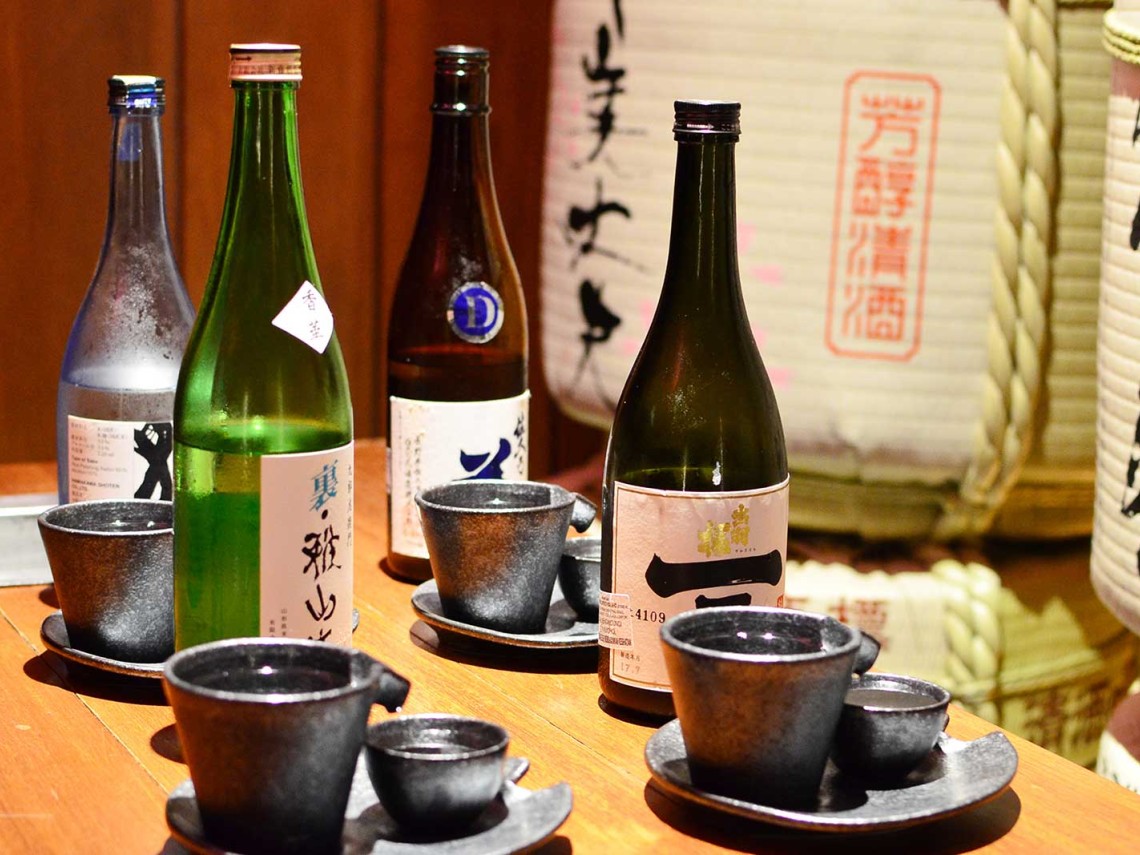 |
How to enjoy sake:
- Sake is often best served chilled especially ginjo and daiginjo.
- For aromatic sake, we would recommend wine to capture more of the aromas than standard sake drinkware.
- Sake should not be too cold as the flavours and aromas will be muted.
- Sake will taste smoother and the alcohol will be more prevalent when served at warm temperatures.
|
 |
How to drink sake:
Sake Temperature
- Sake can be enjoyed at different temperatures. Each temperature has a different name, and you can enjoy unique aspects of the same sake when you try it at different temperatures.
|
 |
How to heat sake:
- To warm up sake, place the tokkuri containing sake in a pot of hot water. The tokkuri gradually heats up and the heat is transmitted to the sake. It is heated to a temperature before alcohol begins to evaporate, so that the aromas do not dissipate.
|
 |
How to store sake:
- Since sake’s color and aroma can change due to temperature and exposure to UV rays, it is best to store it standing upright, in a cool, dark place around 20℃, and out of sunlight. For ginjo-shu with refined aromas and fresh-tasting namazake, refrigeration is recommended. After opening, it is best to consume within a reasonable amount of time (1 week).
|
 |
Sake and Food:
- Food affects the flavour of sake and sake affects the flavour of food.
Because each sake is differs is different and versatile by nature, as are our individual palates, there isn’t really any set rules to pair your sake and food.
|












